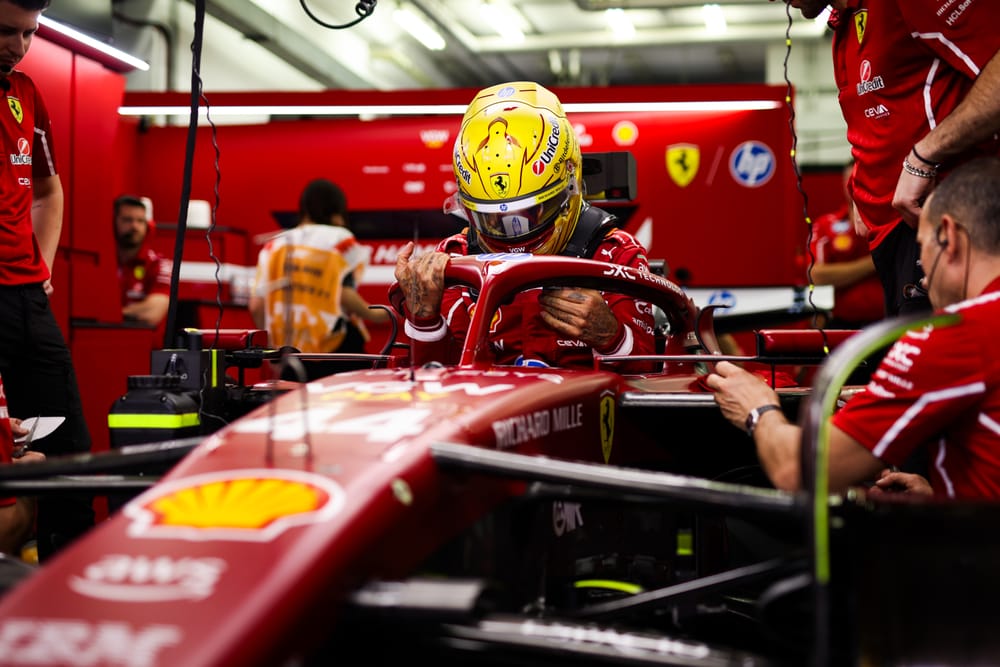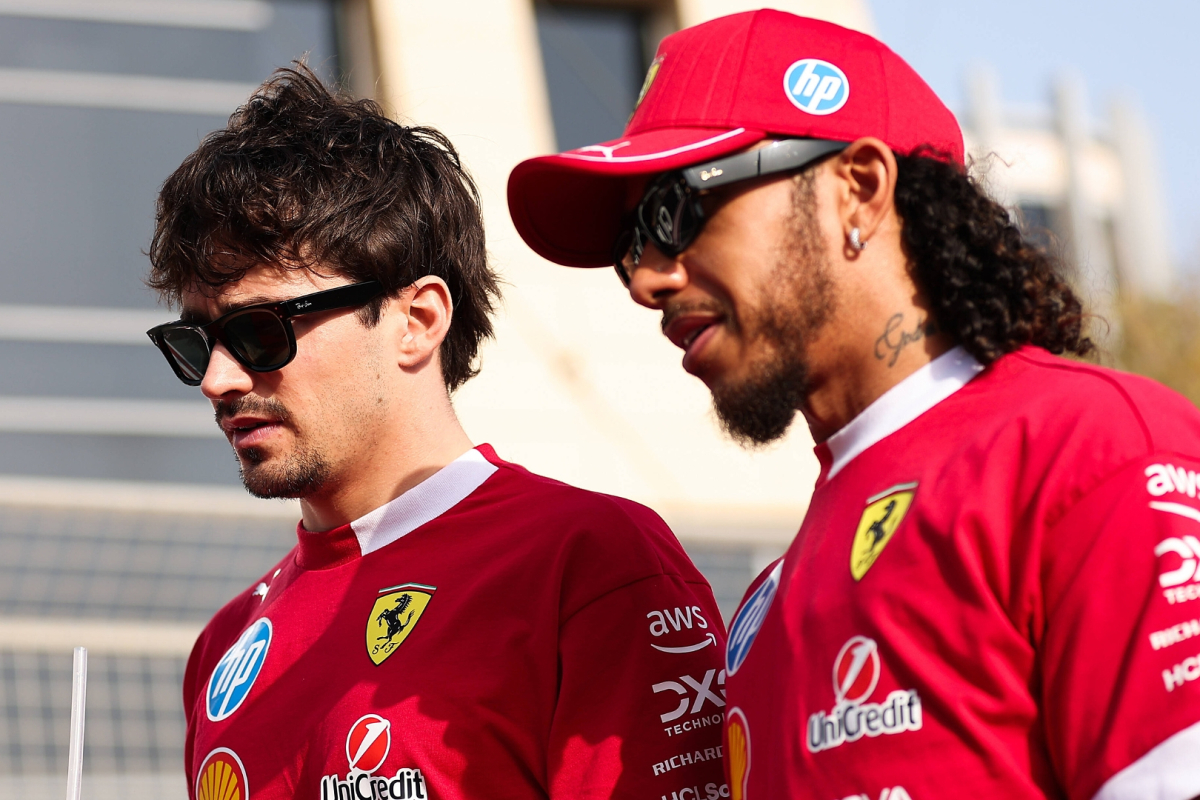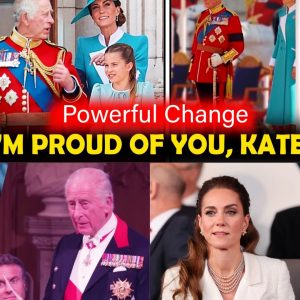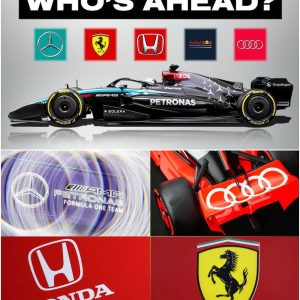When Lewis Hamilton stunned the Formula 1 world by announcing his move from Mercedes to Ferrari, it was billed as the blockbuster signing of the decade — perhaps even the century. A seven-time world champion, changing teams for the first time since the start of the turbo-hybrid era in 2014, heading to the most iconic brand in motorsport. The headlines wrote themselves.
But behind the romantic imagery of the prancing horse and the prospect of Hamilton draped in Ferrari red, reality has been far more complicated. A newly leaked detail in his contract — a personal exit clause that can be activated after the first year of F1’s 2026 regulations — has now added another layer of intrigue to this high-profile partnership.
If Ferrari can’t deliver a competitive car under the incoming rules, Hamilton could simply walk away. And given the team’s current struggles, that’s no longer a far-fetched scenario.

Ferrari’s Current Struggles: More Questions Than Answers
Hamilton’s debut season with Ferrari hasn’t been the triumphant start many expected. While some within the team framed his arrival as a long-term project — with 2026 as the real target — the reality is that Ferrari has struggled to even identify the root causes of their current performance issues.
Even a new rear suspension, designed to improve the SF-25’s balance and grip, has failed to make a tangible difference. Neither Hamilton nor Charles Leclerc has reported any real improvement, a worrying sign when the engineers themselves seem uncertain where the car is fundamentally lacking.
It’s not that Ferrari is hopelessly uncompetitive — they can fight for podiums on good days — but the inconsistency is alarming. And for a driver like Hamilton, chasing an elusive eighth world title, patience has limits. If the car’s weaknesses can’t be pinpointed and addressed now, what confidence can there be that Ferrari will “nail” the 2026 regulations?
The Exit Clause: Hamilton Holds the Cards
According to La Gazzetta dello Sport, Hamilton’s two-year deal with Ferrari — signed at enormous financial and commercial cost — contains a unique provision. After 2025, the Briton alone can decide whether to continue into a third year. Ferrari would have no power to block his departure.
In practical terms, that means Hamilton has a built-in escape route if the 2026 car, built to radically new rules, isn’t a genuine title contender.
For John Elkann, Ferrari’s executive chairman and the man who pushed hardest for Hamilton’s signing, the priority is clear: back the most successful driver in F1 history, ensure his full input shapes the next car, and hope that results follow. The commercial appeal of Hamilton in Ferrari red is immense, but without on-track success, the romance fades quickly.

Hamilton’s Influence on the 2026 Project
If there’s one silver lining for Ferrari, it’s that Hamilton has wasted no time trying to steer development in his direction. While both he and Leclerc prefer a car that trends toward understeer, Hamilton likes more rear load to give him confidence on corner entry — a nuance that may shape the 2026 design philosophy.
Ferrari has reportedly begun tailoring aspects of the new car to suit him, even experimenting with changes to the battery pack that could improve deployment but come with trade-offs in weight and packaging. These are not minor tweaks; they are fundamental engineering decisions that could define the team’s competitiveness in the new era.
Hamilton himself has been candid:
“I’m working with everyone at the factory to make sure the next car will have some of my DNA,” he said. “Hopefully we’ll get the characteristics I’m hoping for next year.”
The message is clear: if Ferrari wants him to stay, they must build a car that feels like his car.
The Risk of Losing Hamilton
Should Hamilton activate the exit clause after 2026, the blow to Ferrari’s reputation would be immense. Losing the biggest name in motorsport just two seasons after signing him would raise serious questions about the team’s ability to match its promises with performance.
Top-tier drivers might think twice before joining a project that failed to deliver for someone of Hamilton’s calibre. While young talents like Oliver Bearman could step up, the optics would be brutal: Ferrari wooed a legend with visions of glory, only for him to walk away when reality didn’t match the dream.

The Leclerc Factor
Overshadowed in the hype around Hamilton is the fact that Ferrari already has its “golden boy” — Charles Leclerc, who has been with the team since 2019 and is deeply embedded in its culture. Leclerc has endured the team’s ups and downs, from near misses to mid-field struggles, and remains desperate to deliver Ferrari’s first drivers’ title since Kimi Räikkönen in 2007.
If the 2026 Ferrari is competitive, an intra-team battle could define the season. Leclerc has the familiarity with Ferrari’s systems and personnel; Hamilton has the championship experience. A clash similar to the current Norris–Piastri dynamic at McLaren could emerge — thrilling for fans, but potentially destabilising for the team.
And here lies another wrinkle: if Leclerc decisively outperforms Hamilton in a car built to Hamilton’s preferences, would the Briton still want to stay? His competitive pride might make that a tough pill to swallow.
The Retirement Question
If Hamilton leaves Ferrari after 2026, there’s a strong chance it would signal the end of his F1 career. At that stage, he would be in his early 40s, with few viable options for a competitive seat elsewhere.
Yes, the exit clause gives him freedom — but it also forces a choice between staying with Ferrari, joining a new project (with all the risks that entails), or walking away from the sport.
Had Hamilton known in advance that two years at Ferrari might end without a title challenge, it’s fair to question whether he would have left Mercedes at all. His move was a calculated gamble; the clause is his safety net.
Ferrari’s High-Stakes Gamble
From Ferrari’s perspective, the challenge is twofold:
Build a car capable of fighting for titles under the 2026 regulations. This means not only getting the fundamentals right — power unit efficiency, aerodynamic balance, and weight distribution — but also ensuring the design aligns with Hamilton’s driving style without alienating Leclerc.
Manage the internal dynamics. A Hamilton–Leclerc rivalry could be an asset if it pushes both drivers forward, but it could also fracture the team if not handled carefully, especially if results are inconsistent.
The 2026 season will be a reset for everyone, but Ferrari’s stakes are arguably higher than any other top team.
The Verdict: Will Hamilton Walk?
Predicting Hamilton’s future is tricky. He has shown loyalty in the past, staying with Mercedes through the start of the current ground-effect era despite early struggles. But he is also fiercely driven by the pursuit of wins and titles.
If Ferrari can give him a car capable of taking the fight to Red Bull, Mercedes, and McLaren, the partnership could blossom into one of F1’s great stories. If not, the exit clause will be more than a curiosity in a contract — it will be the door through which Hamilton makes his final exit from the sport.
For now, all eyes turn to 2026. That’s when we’ll find out whether Ferrari’s gamble pays off, whether Hamilton’s DNA really can be engineered into a championship winner, and whether this chapter in F1 history ends in glory… or in a quiet walk away from the prancing horse.





